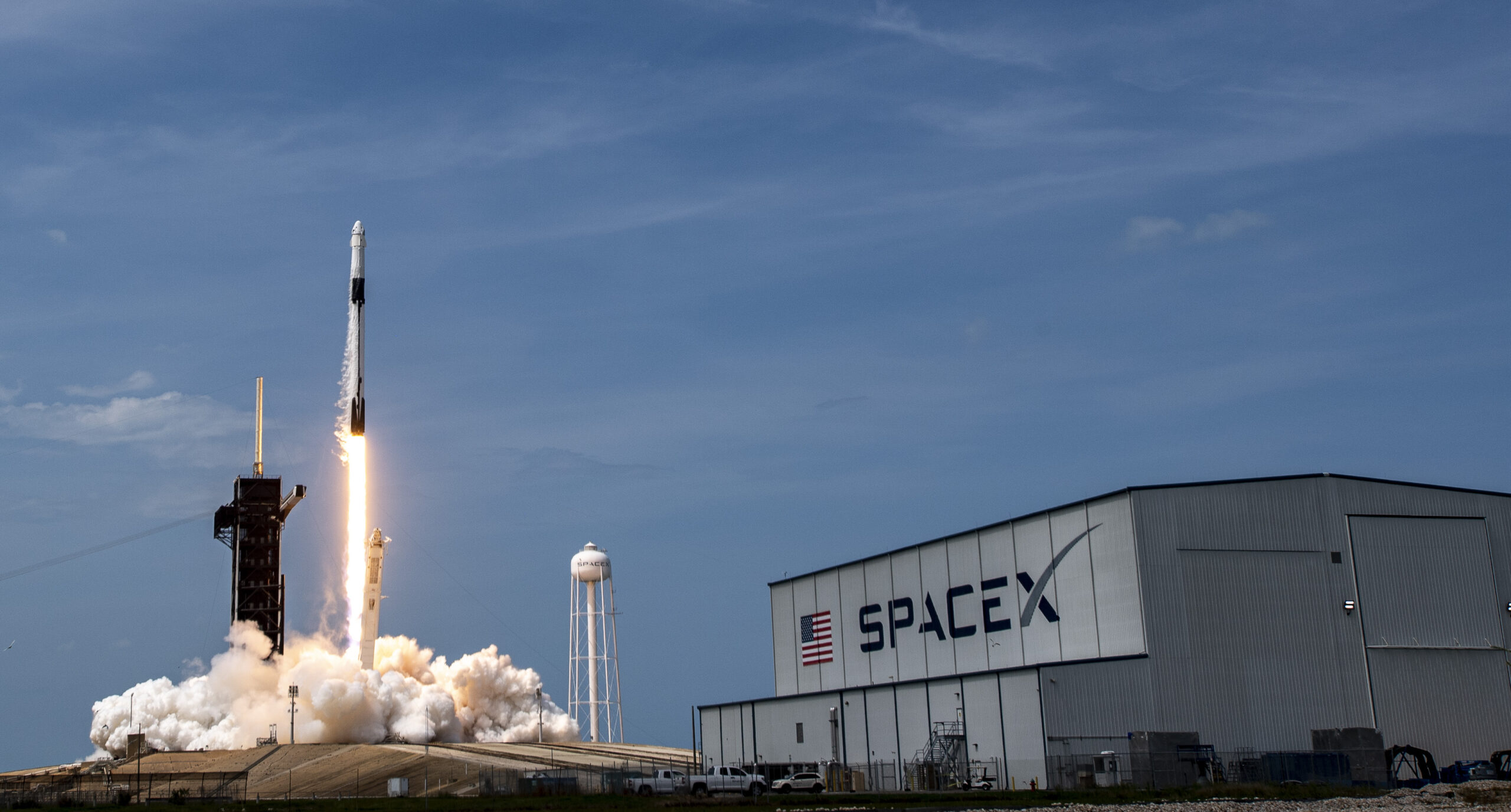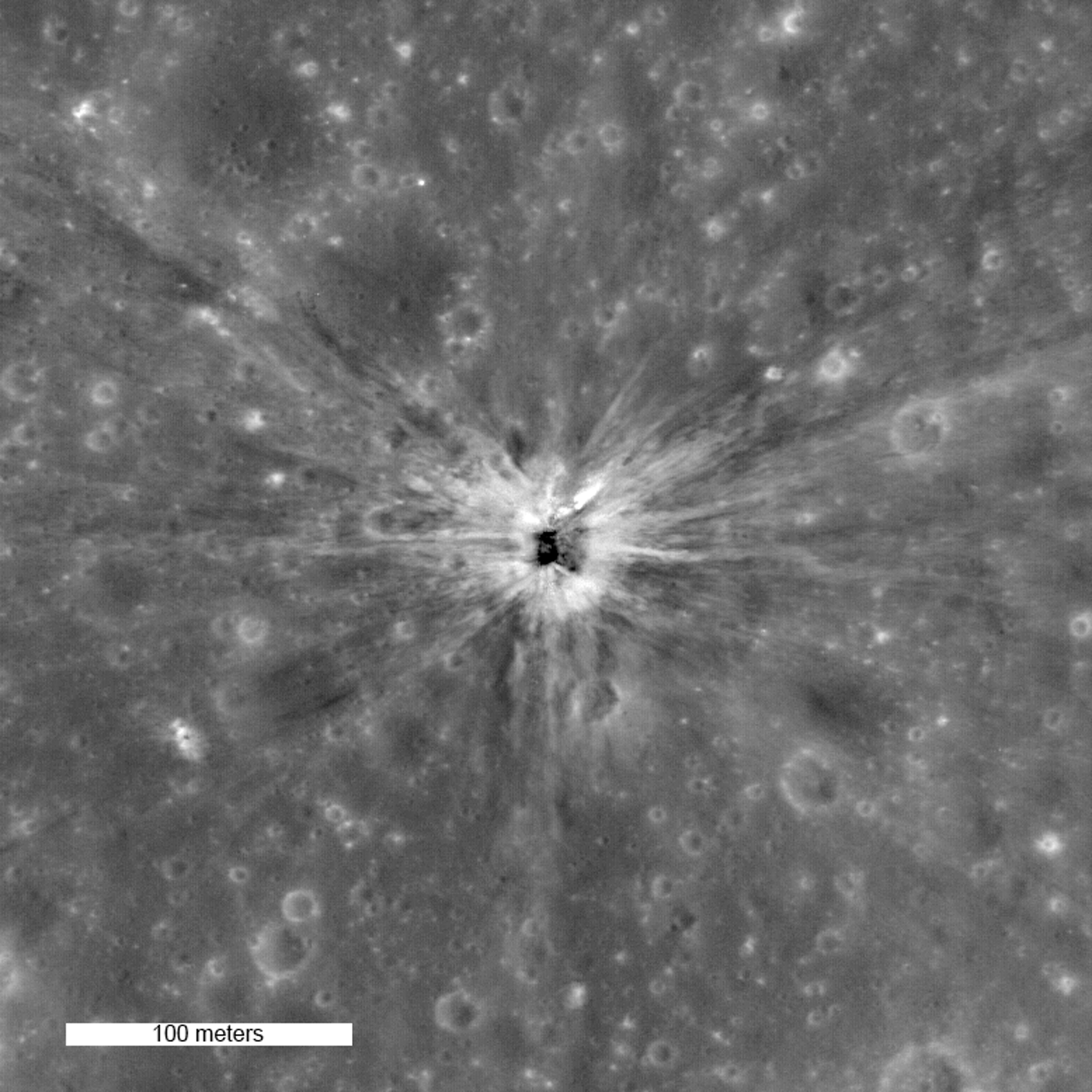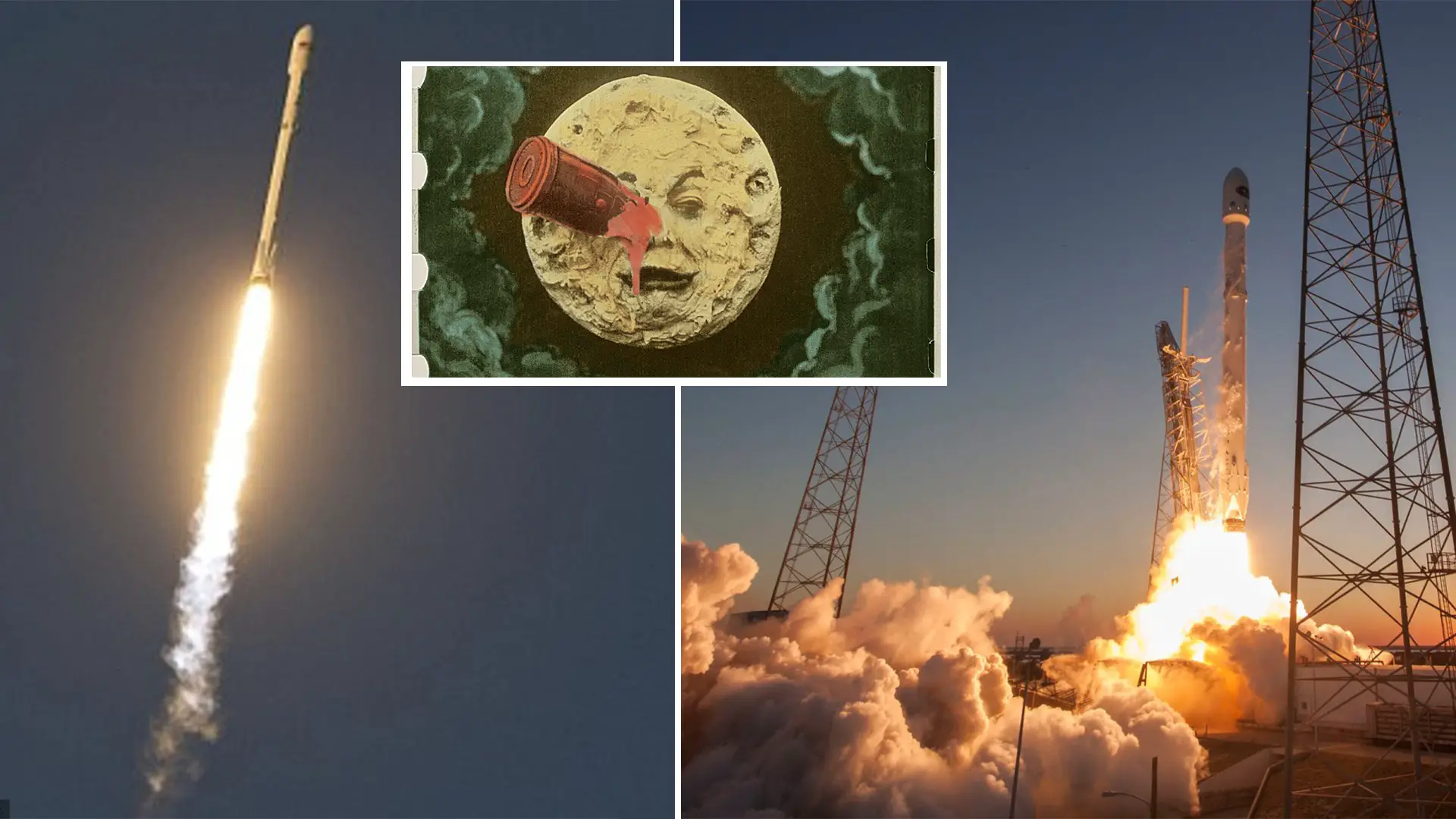Earlier this year, astronomer Bill Gray predicted that a SpaceX Falcon 9 rocket’s upper stage will crash with the Moon in early March of this year.
To be expected, the forecast sparked an uproar in the media, with several articles taking aim at Elon Musk and SpaceX. It would be a rare blunder for SpaceX, after all.
However, Elon and his crew are not about to lose their cool. As a matter of fact, it is more probable that China will suffer the consequences of its actions.

As a result of Gray now admitting his original identification of a piece of space debris, called WE0913A by other scientists, in 2015 was incorrect.
A Falcon 9 rocket’s second stage, which sent the National Oceanic and Atmospheric Administration’s DSCOVR satellite into low-Earth orbit the same year, seemed to be the object when Gray and his colleagues first saw it.
It is likely the identification of the object would have gone unnoticed in the media if scientists had not discovered it was heading toward the Moon.
According to Gray’s Saturday blog post, which was picked up by Ars Technica, he (mis)identified this object as the second stage of the DSCOVR spacecraft back in 2015.
I had some solid circumstantial evidence, but not enough to make a definitive determination of identity, Gray said. “It was not at all out of the ordinary.” High-flying space junk identifications frequently need a little of detective effort, and occasionally we can not identify a piece of space trash at all.”
Because of Jon Giorgini’s work at NASA’s Jet Propulsion Laboratory, we now know the true identity of the shards of debris. On Saturday, he called Gray to inquire about the identity of the person.

To Giorgini, a NASA database capable of estimating the position and orbit of over half a million celestial entities in our solar system proved that the DSCOVR spacecraft’s route did not take it close to the Moon, as claimed by the agency.
A second stage that deviates from its intended path and collides with a satellite would be an anomaly in this case. Re-examining the data Gray utilized for the original identification, Giorgini’s email spurred Gray on.
It is now clear to Gray that the rocket that is poised to crash into the moon is likely to come from China. A Long March 3C rocket-powered China’s national space agency’s Chang’e 5-T1 mission into orbit in October 2014.
In the end, he determined that the Long March 3C was the best match for the mysterious object that was poised to strike Earth’s natural satellite. “Running the orbit back to launch for the Chinese spacecraft makes adequate sense,” he said to The Verge. “After launch, it has an orbit that passes close to the Moon.”

There has to be more information available about rocket boosters that fly into deep space, Gray said. ‘The only people I know of who pay attention to these old rocket boosters are those in the asteroid monitoring community,’ he told the media site. A legislative framework requiring launch companies to record their activities would make this process a lot simpler.

